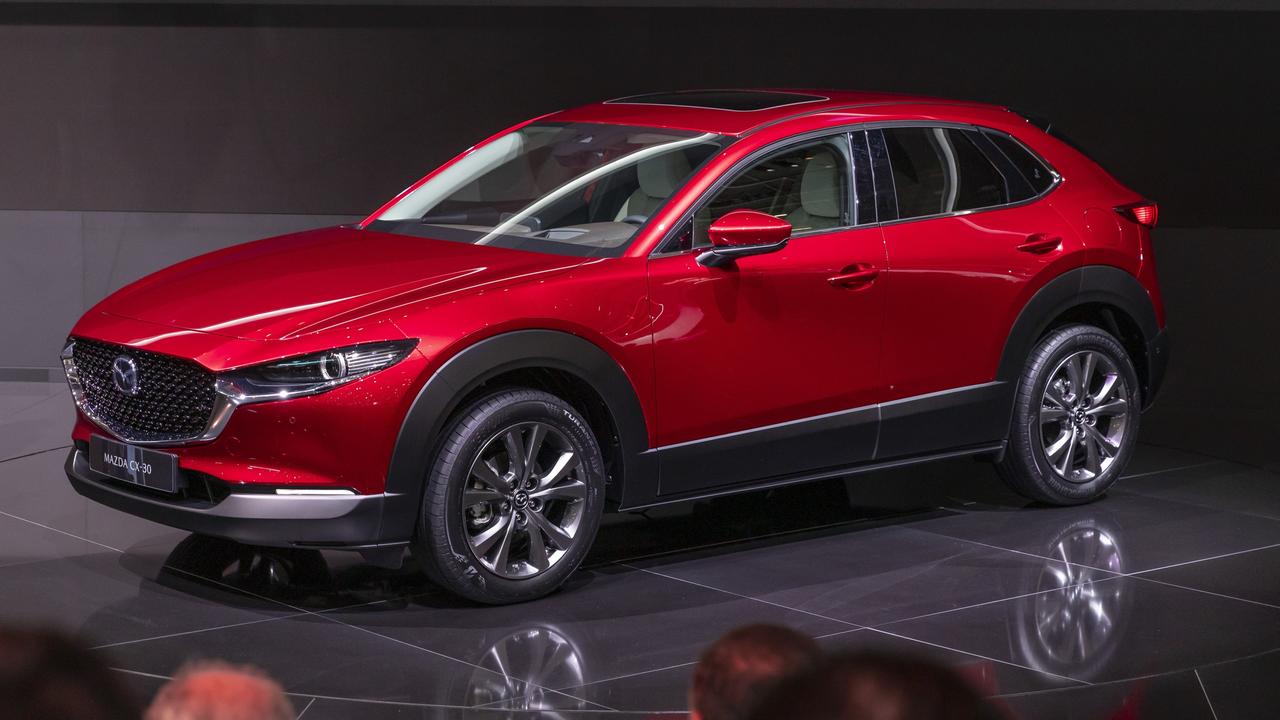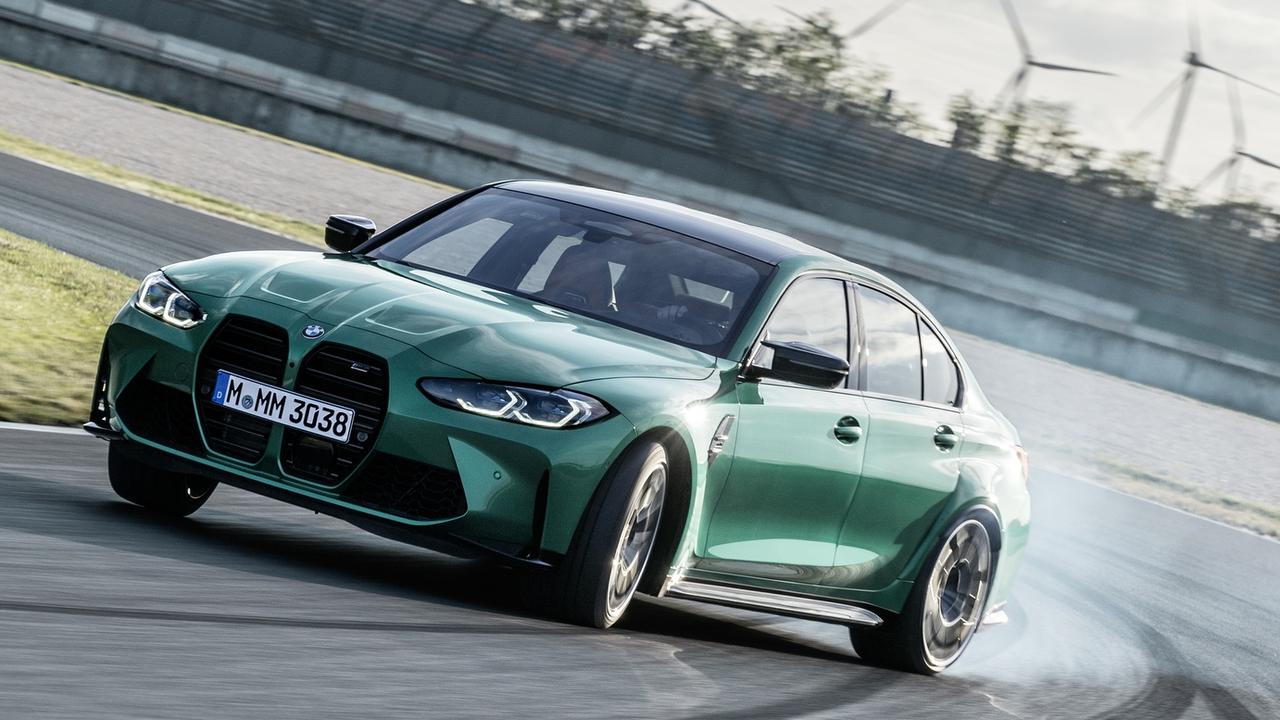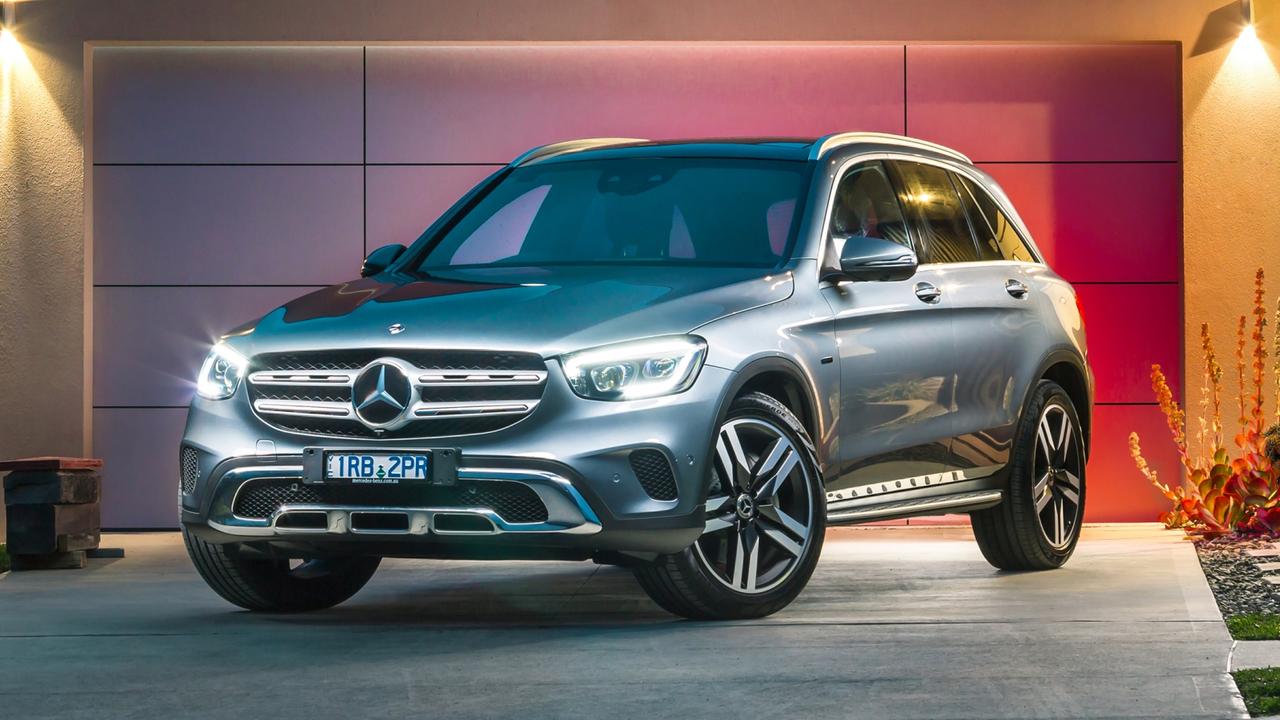Mazda to go more upmarket and target German luxury brands
The Japanese brand is the second most popular make in Australia but Mazda now want to change its strategy and it has the Germans in its sights.
Mazda is set to push further into premium territory with future models, exploring the limit of what people are willing to pay for its cars.
The brand made headlines at the local range presentation for the Mazda3 hatch by announcing it is prepared to sacrifice sales of cheaper models to push people toward cars priced above $30,000 on the road.
Speaking at the global debut of the new Mazda CX-30 crossover in Geneva, Mazda chief designer Ryo Yanagisawa says the manufacturer is fighting to improve the perception of its vehicles so it can charge a premium for future customers.

“Mazda’s presence globally is still small — we only have a 2 per cent market share. We recognise ourselves as a small player and production volume is limited.
“If we keep competing in non-premium that will constrain us. So we’d like to push up Mazda’s brand image.
“By doing so we would like to keep being successful as a brand.”
Asked whether Mazda is ready to take on the likes of Mercedes-Benz or BMW, Ryo Yanagisawa says the brand has not set specific targets for the prices of next-generation replacements for the Mazda2, Mazda6 and other machines.

“We would like to see how much we can push it up,” he says.
“Brand is all about the perception of the customer. We could price our products very high but the customer may not accept it … that will drive how much we can push the price up.”
The decision should make Mazda more profitable. At home, Ford Australia has elected to forget about cheap-and-cheerful versions of the Focus and other models.
Priced at a starting point not far shy of $30,000 on the road, the new Mazda3 is stacked with technology including radar cruise control, a head-up display and reverse autonomous braking as standard in every model.

Expect the Mazda3-based CX-30, which splits the difference between Mazda2-based CX-3 and larger CX-5 models to follow the same trend.
Both vehicles feature improvements to road noise compared with existing models, as well as advanced tech and premium materials including leather available in a variety of colours.
Another prestige touch is a BMW-esque 8.8-inch widescreen infotainment system with the sort of rotary remote controller normally found in luxury cars.
The CX-30’s display is not a touchscreen. Mazda wants you to keep your eyes on the road, rather than focusing on prodding the right part of a digital display.
Yanagisawa says the decision to force drivers to use a rotary knob for sat nav, infotainment and other elements was driven by Mazda’s “safety philosophy”.
“We want the driver’s eye point to be as far [up] as possible.
“If we put the screen in an approachable distance it takes a longer time for a driver to adjust focus, especially [for] elderly drivers it takes even longer to make adjustments.
“It’s safer, for sure.”




